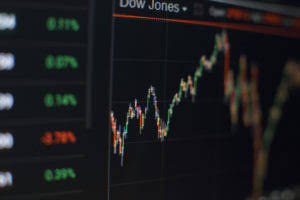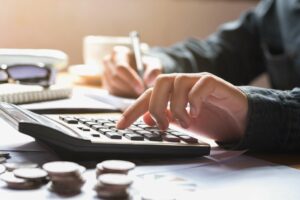
Analysts or potential investors will often look at a business’s PP&E to see how and where the company is spending its money in relation to its fixed assets. This is in ways that retained earnings could potentially help increase the company’s profitability. In this section, we will look at the accounting treatment for plant assets. Natural resources, intangible assets, and investments will be covered in the next modules.
Used in Business Operations

As the fixed assets last longer, the expenses are divided over the item until they’re useful. Accountants view plant assets as a collection of service potentials that are consumed over a long time. For example, over several years, a delivery truck may provide 100,000 miles of delivery services to an appliance business.
Vehicles
There are many benefits that an is equipment a plant asset entity can obtain from the proper categorization of fixed assets. For example, fixed assets accountants might perform reconciliation between accounting records to the listing they use to help control the assets. Examples of current assets include cash and cash equivalents, accounts receivable, inventory, and prepaid expenses. The main difference between current and non-current assets (fixed assets) is their expected useful life.
- An entity shall apply those amendments for annual reporting periods beginning on or after 1 January 2022.
- If the lease term of the related lease is shorter than the economic life of those leasehold improvements, the entity considers whether it expects to use the leasehold improvements beyond that lease term.
- Not only does an IoT plant asset management solution translate into cost savings, but it also provides organizations with greater visibility into plant processes and increased business intelligence.
- This basically means that they have a fixed number of years where they will hold economic value to the company.
What is the difference between current and non-current assets (fixed assets)?

Straight‑line depreciation results in a constant charge over the useful life if the asset’s residual value does not change. The diminishing balance method results in a decreasing charge over the useful life. The units of production method results in a charge based on the expected use or output. The entity selects the method that most closely reflects the expected pattern of consumption of the future economic benefits embodied in the asset. That method is applied consistently from period to period unless there is a change in the expected pattern of consumption of those future economic benefits. An entity recognises the proceeds from selling any such items, and the cost of those items, in profit or loss in accordance with applicable Standards.
Reporting in financial statements:
The resources are sometimes owned by the company and sometimes borrowed by external parties. On the other hand, the borrowed money is the liability or obligation for the business entity. Plant assets have distinct characteristics that set them apart from other types of business assets.
Labels that meet defense standards and last the life of your assets.
The depreciable amount of an asset is determined after deducting its residual value. In practice, the residual value of an asset is often insignificant and therefore immaterial in the calculation of the depreciable amount. The depreciable amount of an asset shall be allocated on a systematic basis over its useful life.
Recording of Plant Assets In Financial Statements
An entity shall treat owner-occupied property measured using the investment property fair value model applying paragraph 29A as a separate class of property, plant and equipment. The obligations for costs accounted for in accordance with IAS 2 or IAS 16 are recognised and measured in accordance with IAS 37 Provisions, Contingent Liabilities and Contingent Assets. However, this Standard applies to property, plant and equipment used to develop or maintain the assets described in (b)–(d). Let us try to understand the depreciation and plant asset disposal methods. Every business concern or organization needs resources to operate the business functions.
General Categories of Fixed Assets:

For this period of time, the depreciation expense for all of Company X’s new and old equipment is $15,000. When selecting an IoT asset tracking solution for asset management, it is important to look for certain key criteria. The combined value of asset management and advanced data analytics allows asset efficiency and power optimization to be maximized while reducing the environmental footprints of business operations.
Types of Plant Assets
The company would now adjust the Bookkeeping for Painters carrying amount to £90,000, and depreciation would be calculated using the revalued amount. If the asset’s value is found to be impaired, the carrying amount would be reduced. For example, a business spends £5,000 on upgrading the manufacturing machine to improve its efficiency. Therefore, the company would record the machine at £110,000 as the initial cost. Shaun Conrad is a Certified Public Accountant and CPA exam expert with a passion for teaching. After almost a decade of experience in public accounting, he created MyAccountingCourse.com to help people learn accounting & finance, pass the CPA exam, and start their career.
